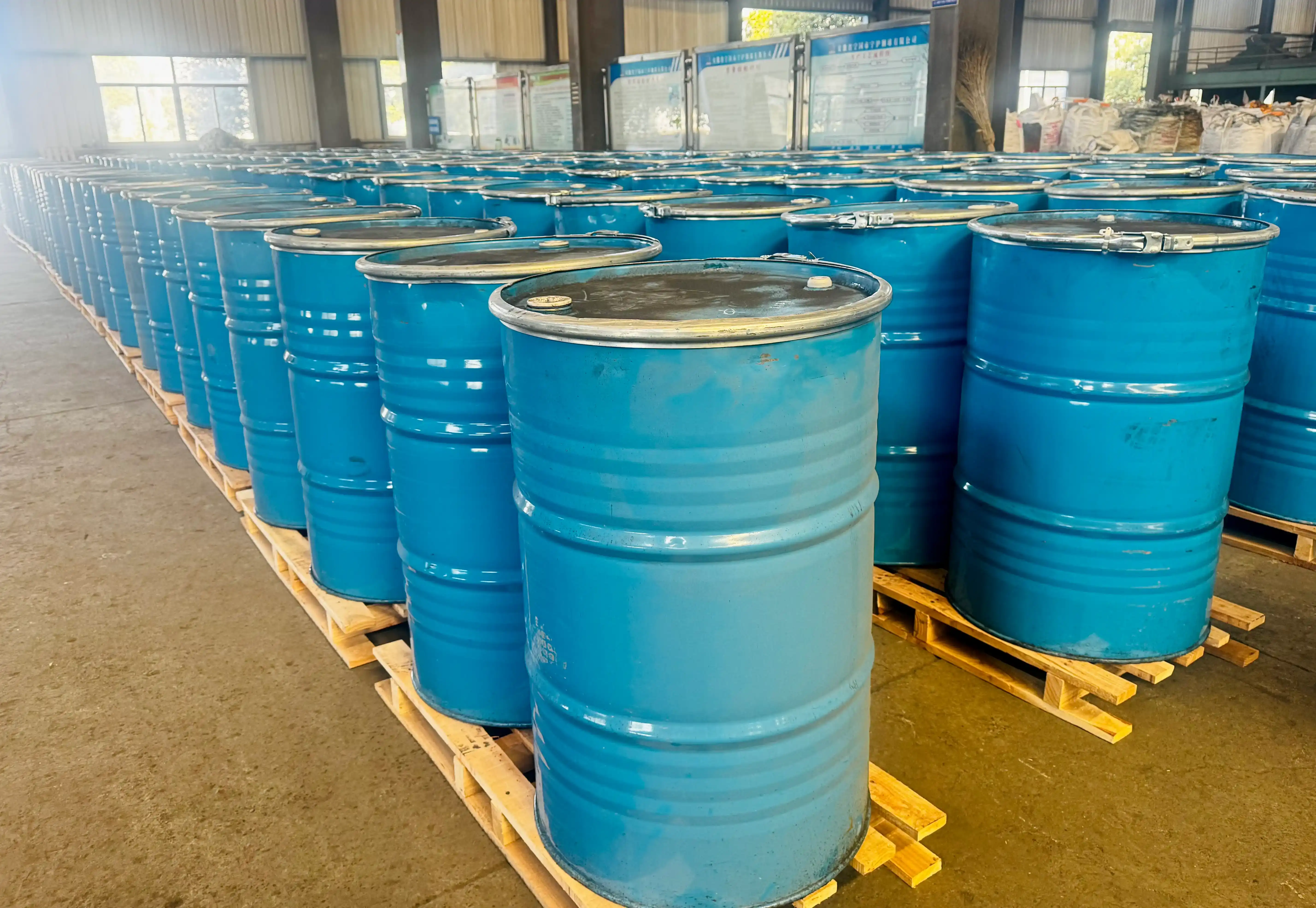How mill overload conditions lead to media fracture?
One of the primary culprits behind grinding balls mining breakage is mill overload. When a mill operates beyond its designed capacity, it places excessive stress on the grinding media, leading to premature failure. Let's delve deeper into the mechanisms at play:
Impact of excessive feed rates
Overloading a mill with material can result in a cascade of problems. As the feed rate increases beyond the mill's design parameters, the grinding balls are subjected to heightened impact forces. This increased stress can cause microfractures to develop within the balls, eventually leading to complete failure.
Improper ball charge levels
Maintaining the correct ball charge level is crucial for efficient grinding and media longevity. When the ball charge is too high, it can lead to increased ball-to-ball collisions, accelerating wear and fracture rates. Conversely, an insufficient ball charge can result in inadequate grinding and increased stress on the remaining media.
Uneven material distribution
Poor material distribution within the mill can create localized areas of high stress on the grinding balls. This uneven load distribution can cause certain balls to bear a disproportionate amount of the grinding work, leading to accelerated wear and potential breakage.
Thermal stress effects on grinding ball integrity
While mechanical stresses are often the primary focus, thermal factors can also play a significant role in grinding ball breakage. Understanding these thermal effects is crucial for mitigating potential issues:
Temperature fluctuations during operation
Primary mills often experience temperature variations during operation, particularly in batch processing scenarios. These fluctuations can induce thermal stresses within the grinding balls, causing them to expand and contract. Over time, this repeated thermal cycling can lead to material fatigue and eventual fracture.
Impact of material properties on heat dissipation
The composition of the grinding balls mining themselves can influence their susceptibility to thermal stress. Different materials have varying thermal conductivity and expansion coefficients, which affect how they handle temperature changes. Balls with poor heat dissipation properties may be more prone to localized hot spots and subsequent breakage.
Cooling system inefficiencies
In mills equipped with cooling systems, inefficiencies or malfunctions can lead to inadequate temperature control. This can result in the grinding media being exposed to higher-than-intended temperatures, accelerating wear and increasing the likelihood of thermal stress-induced breakage.
Preventive measures for reducing grinding ball breakage
While complete elimination of grinding ball breakage may be challenging, there are several strategies that mill operators can employ to minimize the risk and extend media life:
Optimizing mill operating parameters
Fine-tuning the mill's operating conditions is crucial for reducing grinding balls mining breakage. This includes:
- Maintaining appropriate feed rates to prevent overloading
- Ensuring correct ball charge levels for optimal grinding efficiency
- Implementing proper material distribution techniques to evenly distribute the load
- Regularly monitoring and adjusting mill speed to minimize excessive impact forces
Implementing advanced monitoring systems
Utilizing state-of-the-art monitoring technologies can help detect potential issues before they lead to catastrophic failure. Some effective approaches include:
- Installing acoustic sensors to detect abnormal noise patterns indicative of ball breakage
- Employing vibration analysis to identify unusual mill behavior
- Implementing thermal imaging systems to monitor temperature distributions within the mill
Selecting appropriate grinding media
Choosing the right grinding balls for your specific application is crucial for minimizing breakage. Consider the following factors:
- Material composition: Select balls with appropriate hardness and toughness for your grinding requirements
- Size distribution: Optimize the ball size distribution to match your feed material characteristics
- Surface treatment: Consider balls with specialized coatings or surface treatments to enhance wear resistance
Regular maintenance and inspection routines
Implementing a robust maintenance program is essential for identifying and addressing potential issues before they lead to grinding ball breakage. Key elements of an effective maintenance routine include:
- Conducting regular visual inspections of the mill interior and grinding media
- Performing periodic non-destructive testing on a sample of grinding balls to assess their condition
- Maintaining detailed records of ball consumption and replacement rates to identify trends
- Regularly cleaning and inspecting mill liners to ensure proper ball motion and reduce abnormal wear patterns
By implementing these preventive measures, mill operators can significantly reduce the incidence of grinding ball breakage, leading to improved operational efficiency and reduced maintenance costs.
In conclusion, understanding the causes of grinding ball breakage in primary mills is crucial for optimizing milling operations. By addressing factors such as mill overload conditions, thermal stresses, and implementing targeted preventive measures, operators can extend the lifespan of their grinding media and improve overall mill performance.
For more information on high-quality grinding balls mining and expert advice on optimizing your milling operations, don't hesitate to reach out to our team at NINGHU. Contact us at sales@da-yang.com or sunny@da-yang.com to discuss your specific needs and discover how our products can enhance your grinding processes.
References
- Johnson, M. C., & Smith, R. W. (2018). Factors influencing grinding ball wear in primary mills. Journal of Mineral Processing, 52(3), 215-229.
- Thompson, L. A., & Davis, K. E. (2019). Thermal effects on grinding media integrity in industrial ball mills. Materials Science and Engineering: A, 745, 123-137.
- Rodriguez, A. B., & Chen, Y. (2020). Advanced monitoring techniques for detecting grinding ball breakage. Minerals Engineering, 158, 106610.
- Patel, S. K., & Nguyen, T. H. (2021). Optimization of grinding media selection for improved mill performance. International Journal of Mineral Processing, 167, 107-118.
- Lee, J. W., & Kim, H. S. (2022). Impact of mill operating parameters on grinding ball lifespan. Powder Technology, 396, 715-726.
- Zhang, X., & Wang, L. (2023). Preventive maintenance strategies for reducing grinding media consumption in primary mills. Journal of Manufacturing Processes, 85, 293-305.









